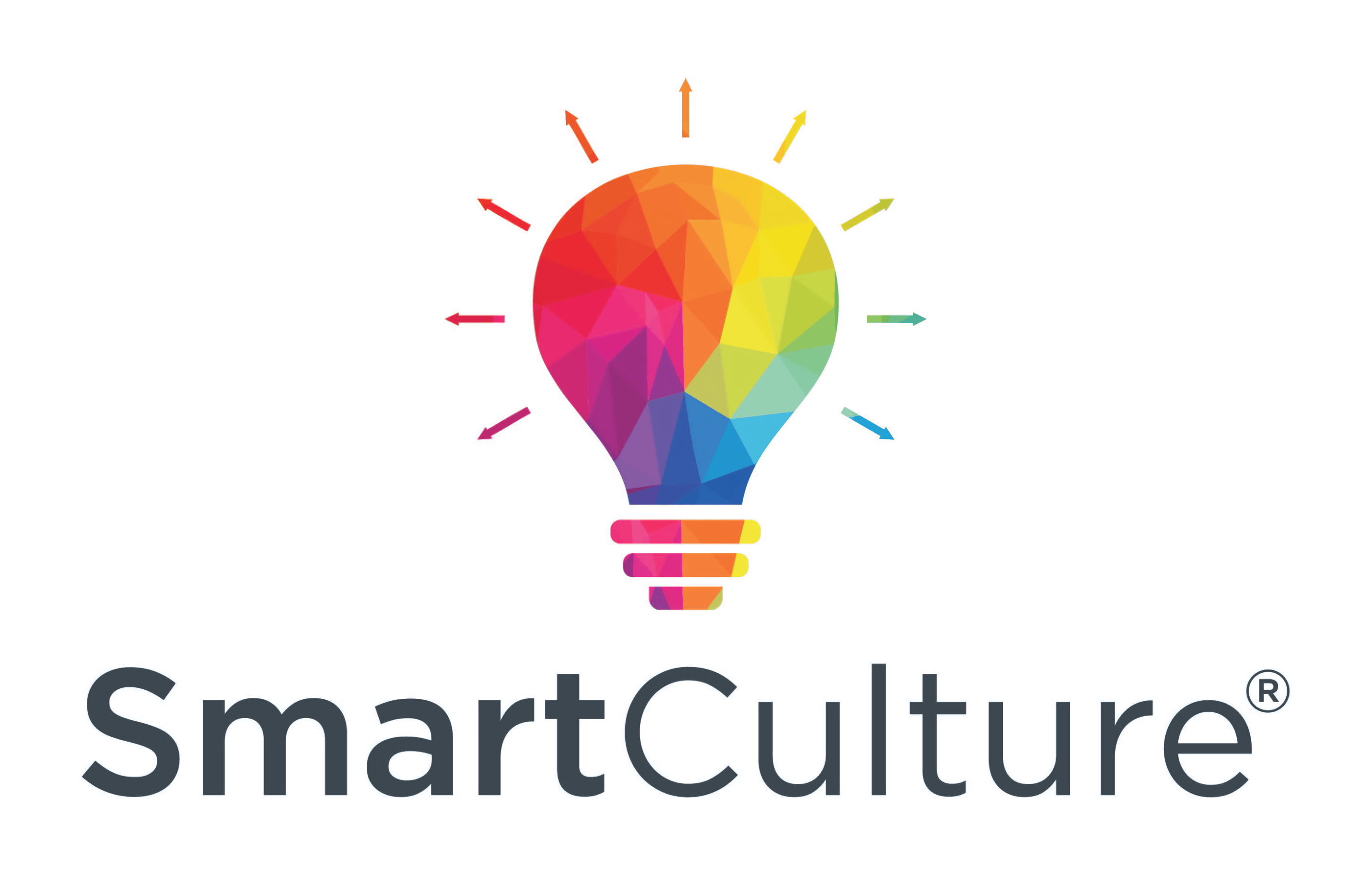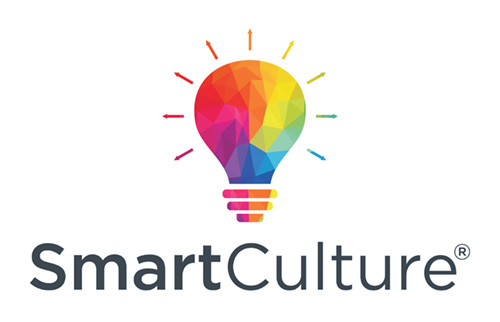Being an active bystander is a huge emerging area in Australia now and it’s very effective and very powerful.
Karen Maher recently spoke about some practical advice on being an active bystander, the importance of leadership support and how SmartCulture are trying to keep things very practical when we talk about bystanders.
The main goal we are trying to achieve is ‘to do something‘. Depending on the circumstances around what’s happening and the relationships between people, will depend on whether people feel safe to say something when they see some kinds of poor behaviour. If they feel safe to call it out, call it out at the time with phrases such as “this is not okay“, or “no I don’t agree with what you’re saying“, are things that you can be saying to try and stop the behaviour at the time.
If we don’t feel safe then we can always do something after the event. You can speak up after the event by going to the person that has been affected and ask them “are you okay?“, “I didn’t really agree with what happened, can I support you?“, things like that.
We try to keep it very practical when we talk about bystanders and even little tactics like distracting at the time when we might not feel confident to say something. Say we’re in a situation where someone’s kicking off in a toolbox talk, maybe we can say “all right let’s just move on to the next topic“, or “let’s take five“, or “let’s have a circuit breaker“. There’s all those terms that we can use and at least what happens is someone’s stepping in and doing something and it stops what’s happening at the time.
It then gives everybody time to think about what’s happening and then hopefully we can resolve it a little bit further down the track if we can’t stop it fully at the time.
The really big goal is to do something. So even after the event, raise it with a leader or supervisor. If they weren’t in the meeting, or they went around the incident at the time, you can say “this happened today and I’m a little bit concerned about both of the people involved. Can you check in with them?” so then what we’ve done is we’ve not just let it go.
Traditionally in Australia, we’ve done a lot of letting go when we see something that makes us feel uncomfortable and we don’t feel confident, because we don’t know if we’re going to be supported and we don’t know if we speak up whether we’re going to cop it or be victimised for that.
But if we have done something and we’ve taken that step, at least we can push it up and then a leader can step in and have a conversation and get to the bottom, get curious before they get furious about it.
Find out what happened and support people and be clear about what the expectations are for example “I understand that this is what happened, but you do know that wasn’t an appropriate way to speak to someone in a meeting and we can’t have that, so let’s work on what the issue was“.
Then we try to get to the bottom of that like we spoke about just earlier and then hopefully we’ve shifted the bar upwards because people now know it’s not okay to keep doing that in the toolbox talks.
The really big part of the bystanders piece is making sure that leaders really get it and really understand it from a senior point, because if they don’t and we’re empowering people to do something and to speak up and if leaders don’t on board with this, it can be a bit damaging. If they’re not listening and they’re not taking action then your bystanders might not feel supported.
So the first step is really getting your leaders on board and then educating everybody else at the employee level so that they know that if they speak up that they can do that confidently and that they will be supported and that it will be stopped.
There are a few more parts to being an active bystander, but we try to keep it pretty practical. If you are interested in finding out more about our Bystander training please get in touch.
Source: FlourishDx YouTube channel

Karen Maher
WHS + Culture Consultant | Keynote Speaker
5 April 2022




